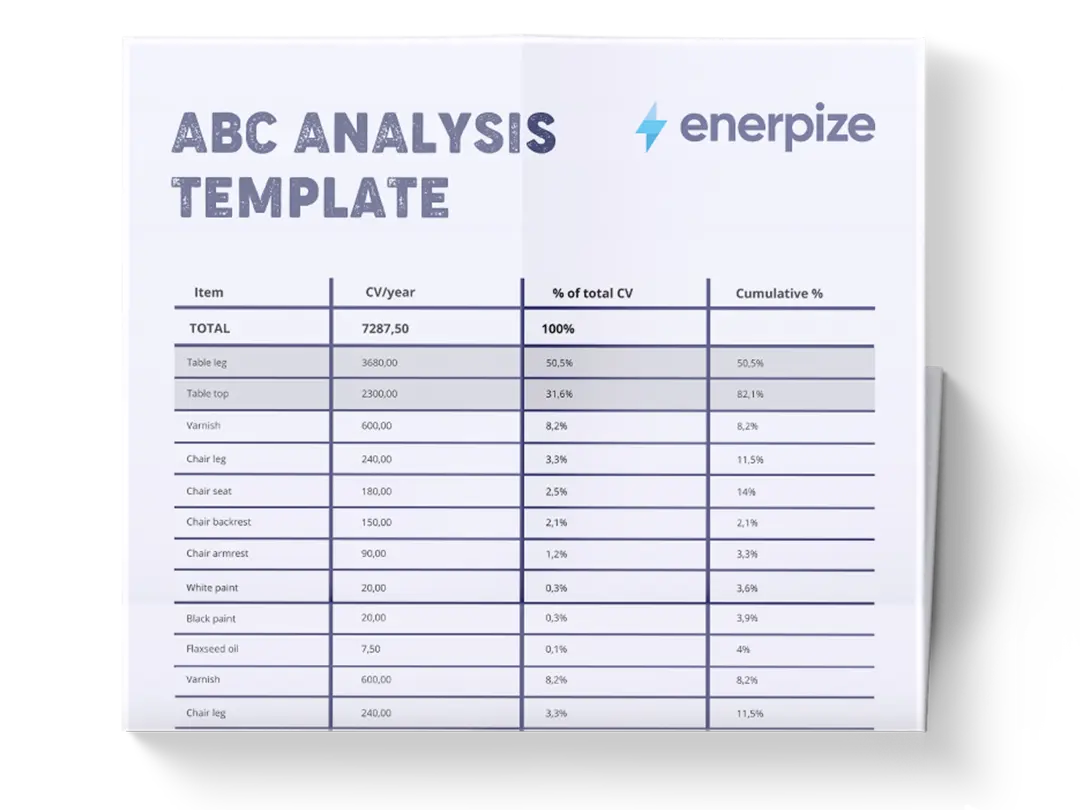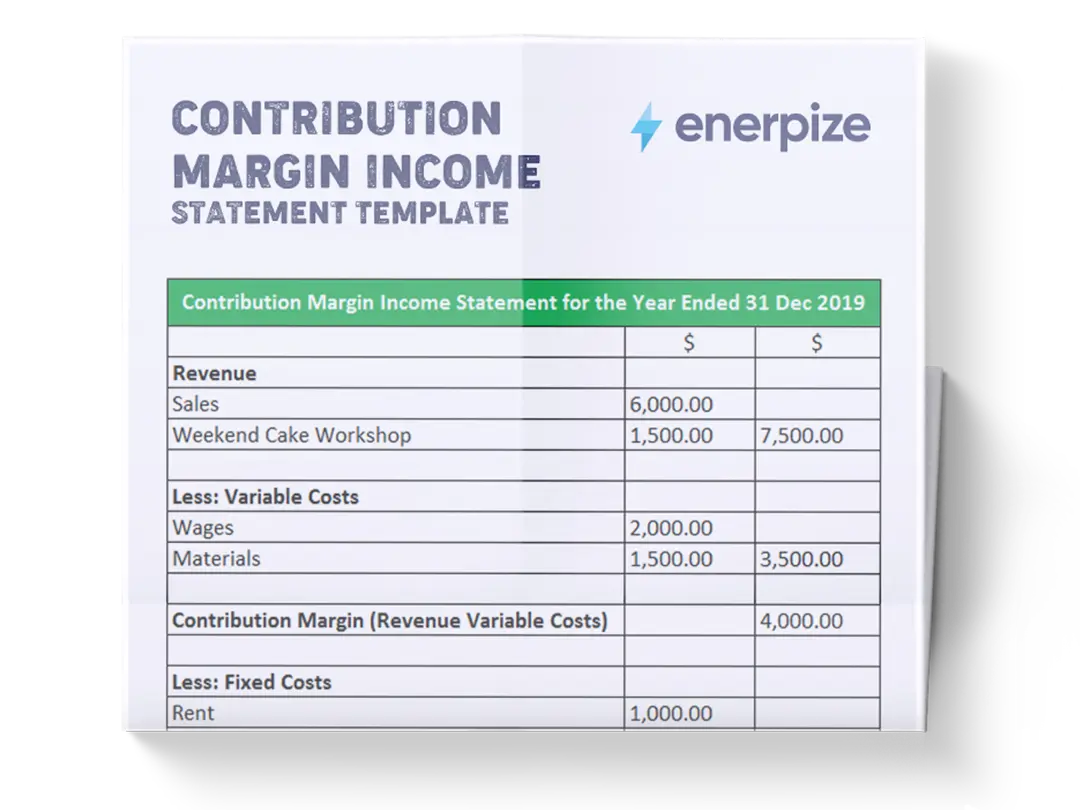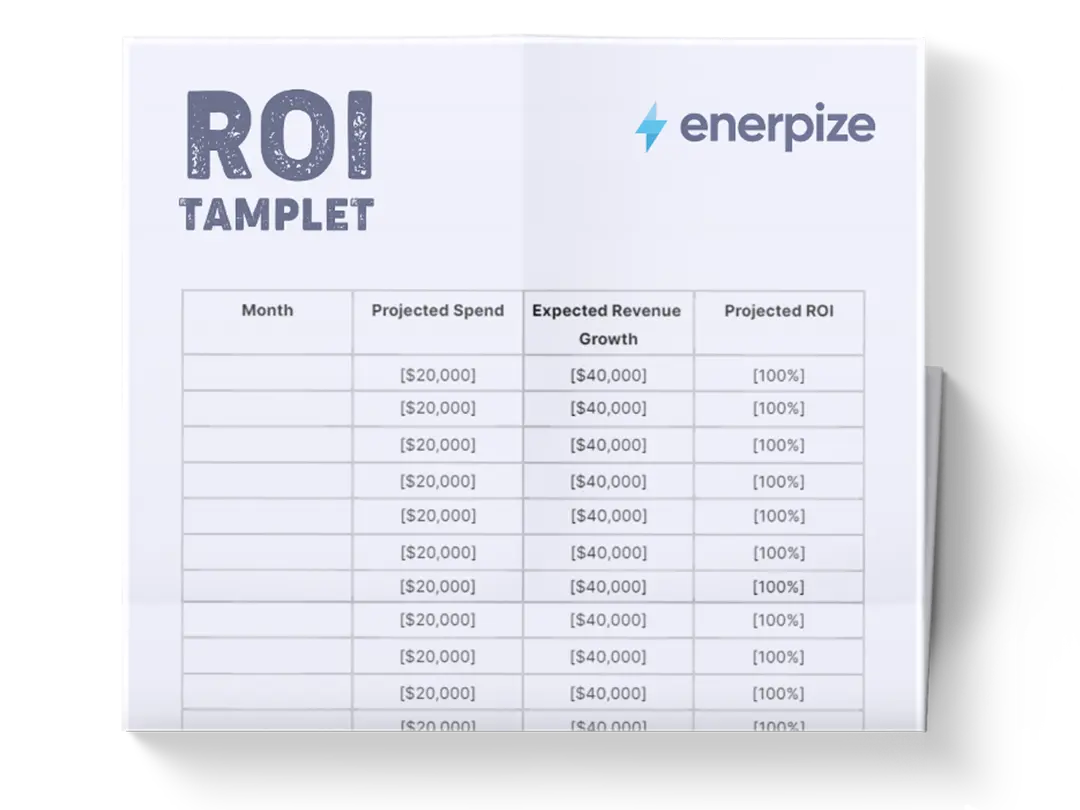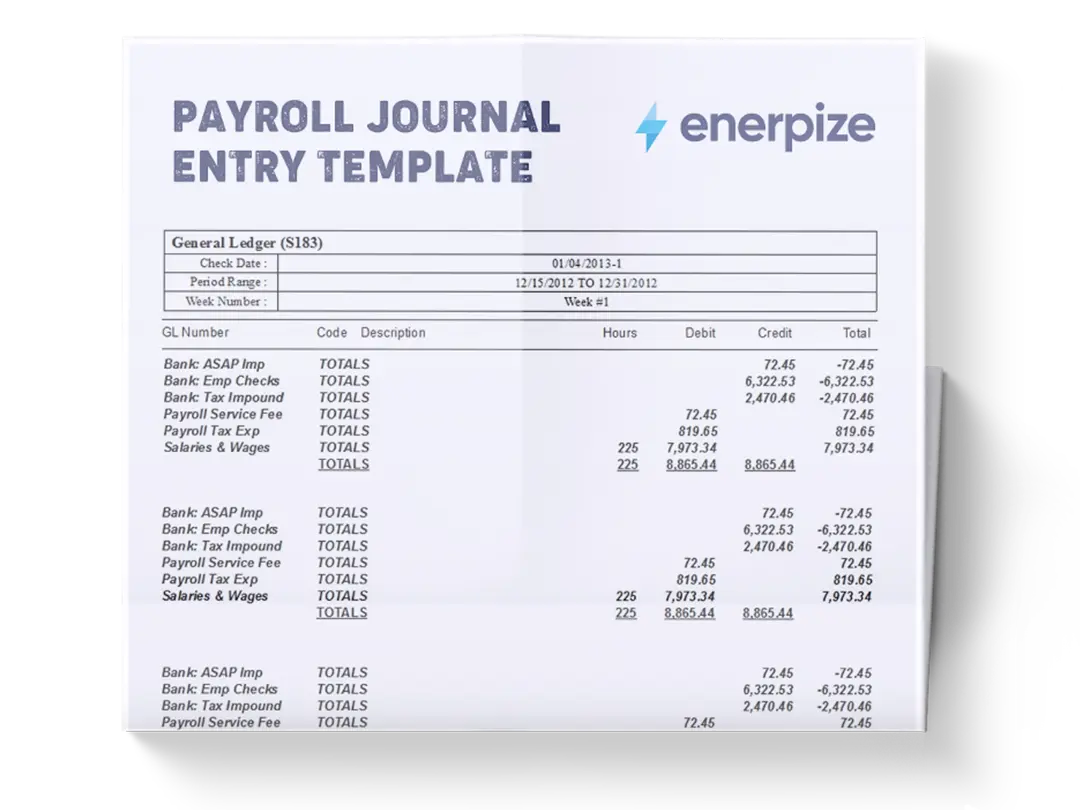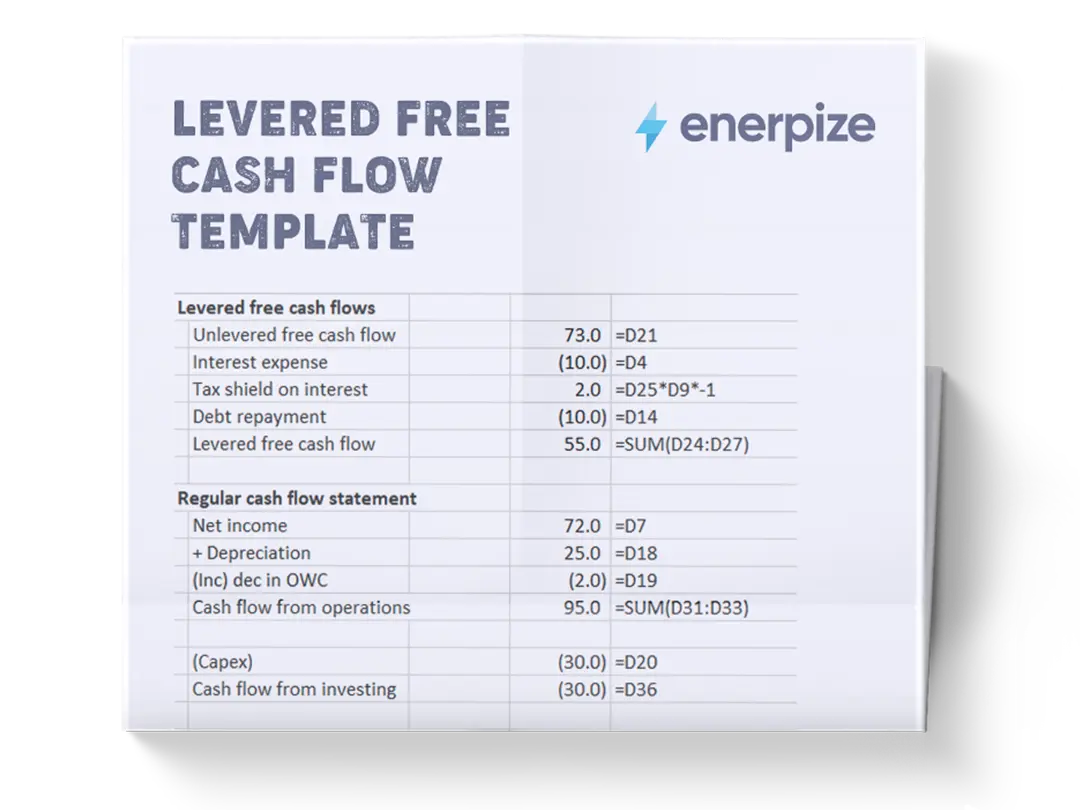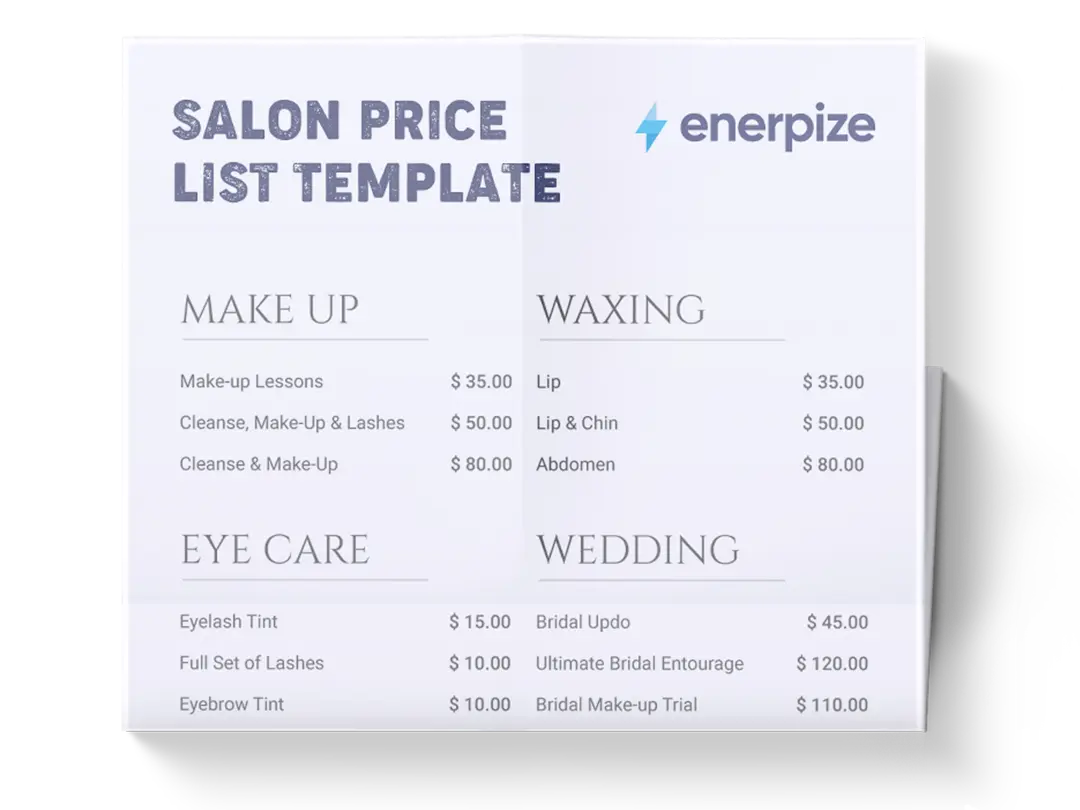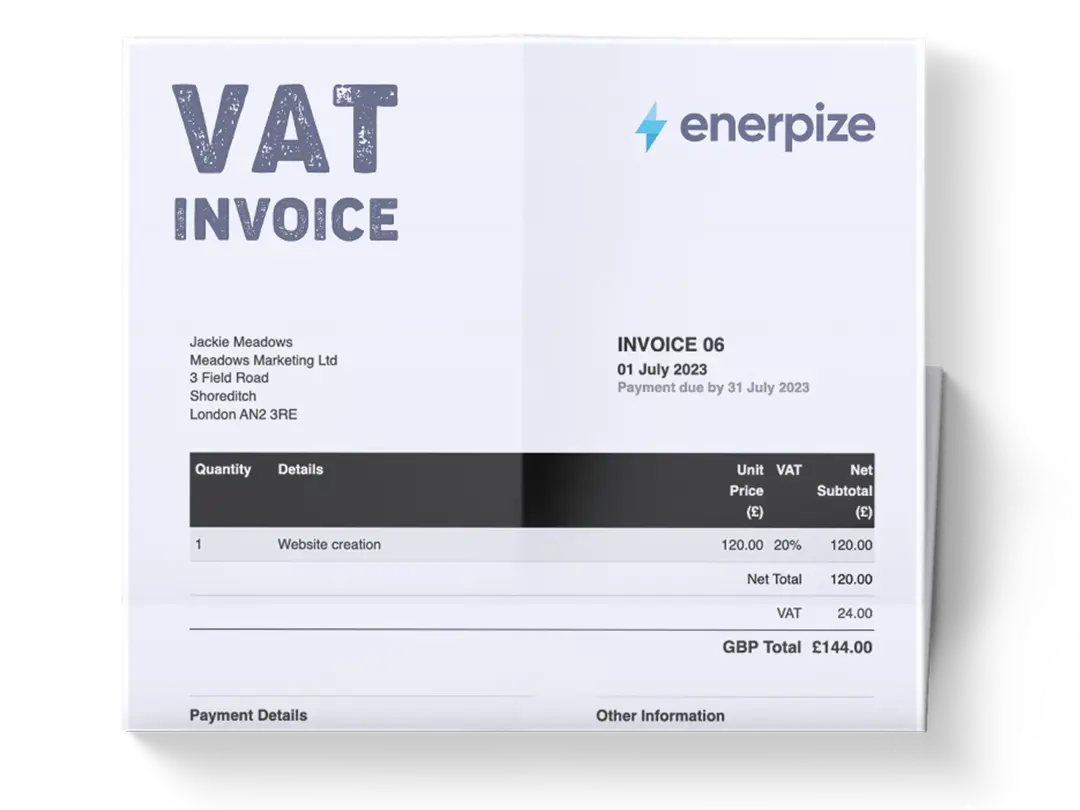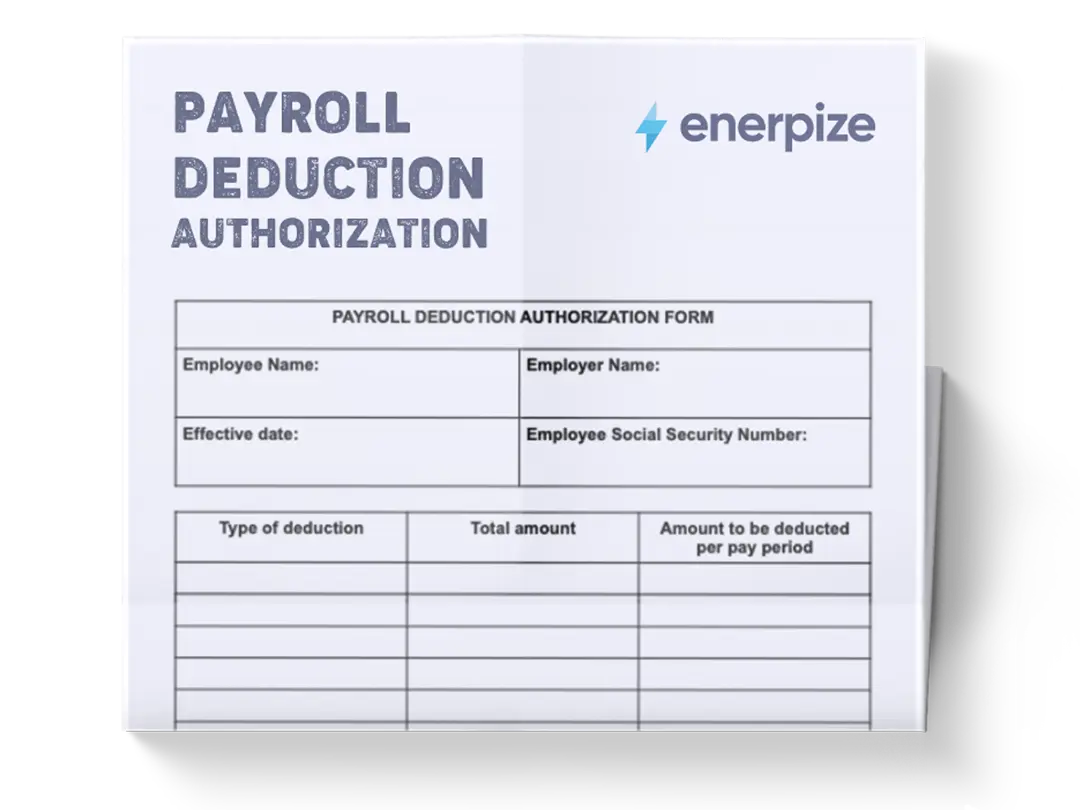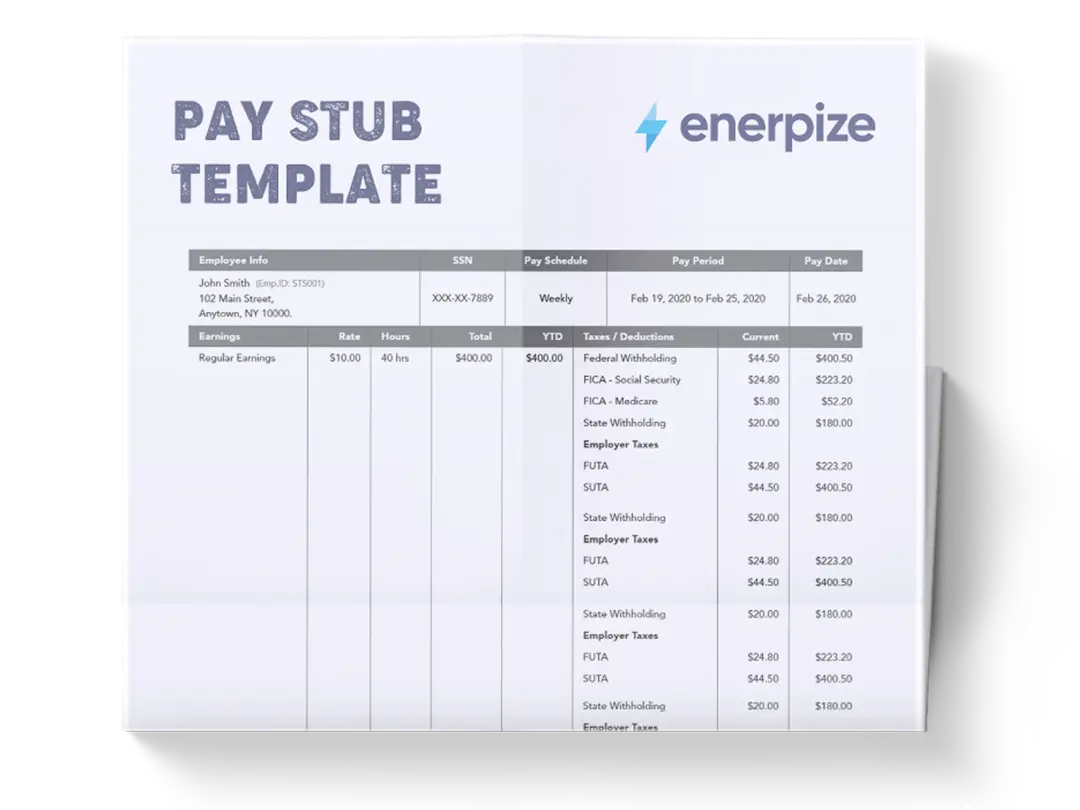Posted on 28 April 2025
Pro Forma Cash Flow Statement Template Excel & Google Sheets
- The pro forma cash flow statement template is available in Excel and Google Sheets.
- It acts as the foundation for projecting your business’s cash flow, ensuring accurate financial planning.
- Used for scenario analysis, budgeting, and preparing for future financial needs.
- Empowers you to monitor cash balances, anticipate shortfalls, and optimize resource allocation.
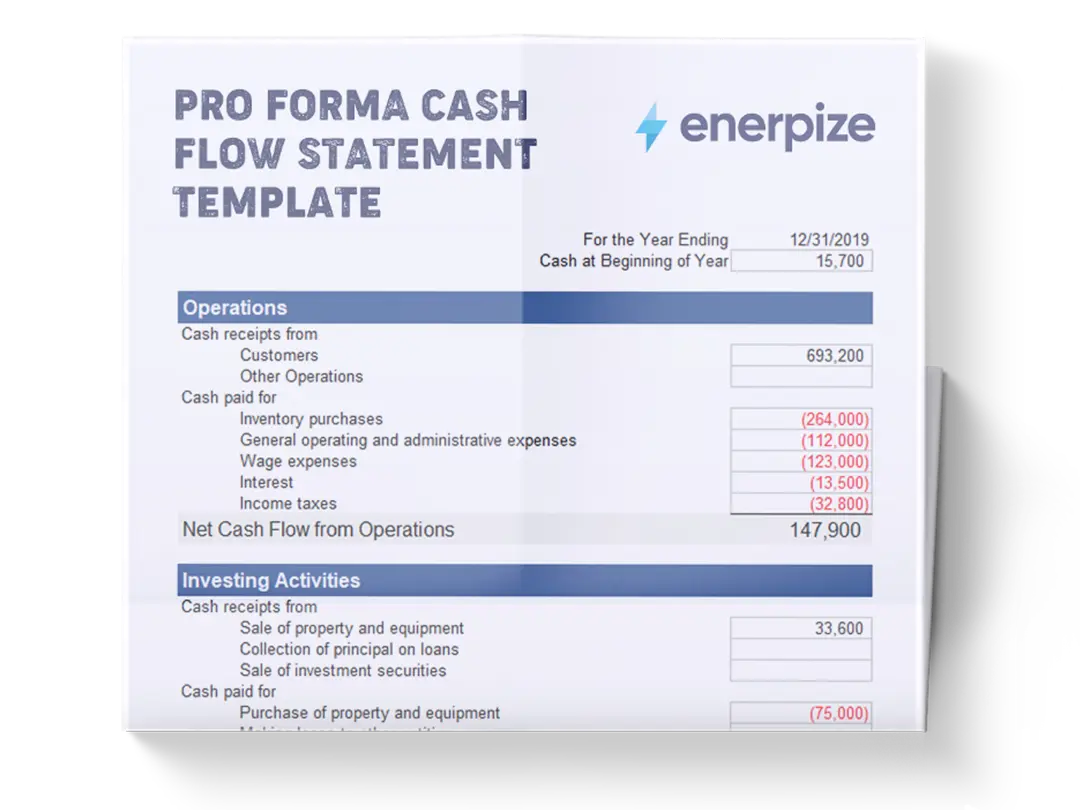
What is The Pro Forma Cash Flow Statement Template?
A pro forma cash flow statement template is used to project a company’s cash inflows and outflows over a specified future period, enabling strategic planning and risk management. Unlike traditional cash flow statements that track historical data, this forward-looking document forecasts cash movements based on assumptions, categorized into operating, investing, and financing activities. It integrates with pro forma balance sheets and income statements to validate financial strategies, revealing potential cash shortages or surpluses that inform budget planning, investment decisions, or financing needs.
By simulating “what-if” scenarios—such as launching a new product, acquiring a competitor, or facing unexpected expenses—your business can evaluate the financial impact of strategic choices, to ensure the alignment with your long-term objectives.
Importance of the Pro Forma Cash Flow Statement Template
Supports Financial Modeling
Pro forma cash flow statements are indispensable for financial modeling, enabling your business to quantify the impact of future decisions by projecting expenses and revenues. By comparing scenarios—such as varying sales volumes, production costs, or overhead expenses—you can assess how these variables affect your company’s financial health. For example, a retailer might model cash flows for a new product launch, analyzing inventory costs against projected sales.
Facilitates Strategic Business Planning
It also enables companies to compare multiple future scenarios; yes, it acts as a strategic planning and risk analysis tool. By projecting outcomes for different strategies, such as expanding operations or cutting costs, businesses can identify the most viable path forward. For example, a manufacturer might use projections to decide whether to invest in new equipment or outsource production, weighing cash flow implications.
Enhances Accuracy in Financial Reporting
By allowing publicly traded companies to adjust for one-time expenses or non-recurring events, it provides a clearer picture of ongoing performance in compliance with GAAP. By excluding anomalies, such as a legal settlement, these statements present a more accurate view of current and future financial health. This clarity is critical for stakeholders, as it mitigates the negative perceptions caused by temporary financial setbacks.
Secures Financing and Investment Opportunities
Projected cash flows are powerful tools for securing financing, as they demonstrate to lenders and investors how additional funds will enhance financial performance. By presenting conservative, scenario-based projections alongside historical data, businesses can showcase their ability to generate strong cash flows and repay obligations.
A startup seeking venture capital might use a pro forma statement to illustrate how an investment will drive growth, increasing investor confidence in the company’s ability to deliver sustainable returns.
Who Can Use the Pro Forma Cash Flow Statement Template?
Business Owners and Entrepreneurs
Entrepreneurs launching startups or managing small businesses rely on pro forma cash flow statements to forecast cash needs and secure funding. These projections help them plan for inventory purchases, marketing campaigns, or operational expansions.
Financial Managers and Accountants
Financial professionals use the pro forma cash flow statement template to model the impact of strategic decisions, such as mergers, acquisitions, or capital investments. By integrating pro forma cash flow statements into a 3-statement financial model, they can assess how changes in one area, like slower customer payments, affect overall cash flow.
Investors and Creditors
Investors and lenders use pro forma cash flow statements to evaluate a company’s financial viability before committing funds. These projections provide insight into how a business plans to use capital and generate returns, helping stakeholders assess risk and potential profitability.
What Does The Pro Forma Cash Flow Statement Template Contain?
1- Cash Inflow Breakdown
The pro forma template Google Sheets categorizes cash inflows into key components: Investments Received, Net Income (Loss), Increase in Payables, and Depreciation. This breakdown allows businesses to track all sources of incoming cash over monthly (M1-M60) and yearly (Year 1-5) periods, providing a clear view of revenue streams and non-cash adjustments that impact liquidity.
2- Cash Outflow Breakdown
Cash outflows are detailed under categories like Preliminary Expenses, Direct Cash Spending, Increase in Receivables, Increase in Inventory, Purchase Long-Term Assets, and Principal Repayment. This ensures that all cash outflows are accounted for, helping businesses identify major expenses and their timing across the forecast period.
3- Net Cash Flow and Cash Balance Calculation
The pro forma cash flow statement Excel template calculates Net Cash Flow by subtracting Total Cash Outflow from Total Cash Inflow for each period, then updates the Cash Balance accordingly. This is essential for monitoring liquidity and ensuring the business can sustain operations without running into cash shortages.
4- Monthly and Yearly Projections
The pro forma template provides a dual view with monthly projections (M1-M60) and annual summaries (Year 1-5) to allow businesses to analyze short-term cash flow trends while also understanding long-term financial trajectories, making it easier to plan for both immediate and future needs.
How to Use the Pro Forma Cash Flow Statement Template?
1- Gather Financial Data:
- Collect Relevant Financial Information: Start by assembling all necessary financial data, including historical cash flow statements, income statements, balance sheets, and projections for sales, expenses, and investments.
- Organize by Period: Sort the data by periods (monthly and yearly) to ensure that your projections are based on accurate and comprehensive inputs, setting a solid foundation for reliable forecasting.
2- Fill in Business Details:
- Enter Business Information: Input your Business Name, Address, Phone, and Email in the designated section. For example, if your company is “ABC Corp” located at “123 Main St,” include these details to personalize the template.
- Verify Accuracy: Double-check the information to ensure it’s correct, as this section may be used for official documentation or shared with external stakeholders like investors or auditors.
3- Input Cash Inflow Projections:
- For Each Period: Record projected cash inflows under the appropriate categories. Include Net Income (Loss), Increase in Payables, and Depreciation based on your financial assumptions.
- Sum the Total Cash Inflow: Add up all inflow components for each period to get the Total Cash Inflow. This step ensures all incoming cash sources are accounted for accurately.
4- Input Cash Outflow Projections:
- Record Cash Outflows: Enter projected outflows under categories like Preliminary Expenses, Increase in Receivables, and Principal Repayment.
- Calculate Total Cash Outflow: Sum the outflows for each period. To confirm you have a complete picture of cash leaving the business.
5- Calculate Net Cash Flow and Cash Balance:
- Compute Net Cash Flow: Subtract Total Cash Outflow from Total Cash Inflow for each period. For example, in M1, if Total Cash Inflow is $352,670 and Total Cash Outflow is $328,774, the Net Cash Flow is $23,896.
- Update Cash Balance: Add the Net Cash Flow to the previous period’s Cash Balance to get the new Cash Balance. It will help you track liquidity over time.
6- Analyze Projections for Decision-Making:
- Review Monthly and Yearly Trends: Analyze the monthly (M1-M60) and yearly (Year 1-5) projections to identify trends, such as a consistent increase in Net Income or a spike in expenses.
- Adjust Strategies: Use insights to make informed decisions, like delaying a major purchase if a cash shortfall is projected or investing excess cash if a surplus is expected. This analysis ensures your financial strategy aligns with projected outcomes.
7- Update and Maintain the Template:
- Keep Projections Current: Regularly update the pro forma template with new financial data or revised assumptions, such as changes in sales forecasts or unexpected expenses, to keep projections accurate.
- Secure Your Data: Maintain both digital and physical backups of the pro forma cash flow statement template to protect against data loss, ensuring you can access historical projections for future reference or audits.
8- Integrate With Financial Tools:
- Link With Accounting Software: If you use software like Enerpize, explore options to import data from the template to streamline your financial processes and ensure consistency across records.
- Perform Periodic Reviews: Use the template for monthly or quarterly reviews to compare actual cash flows against projections, adjusting your financial plans as needed to stay on track.







